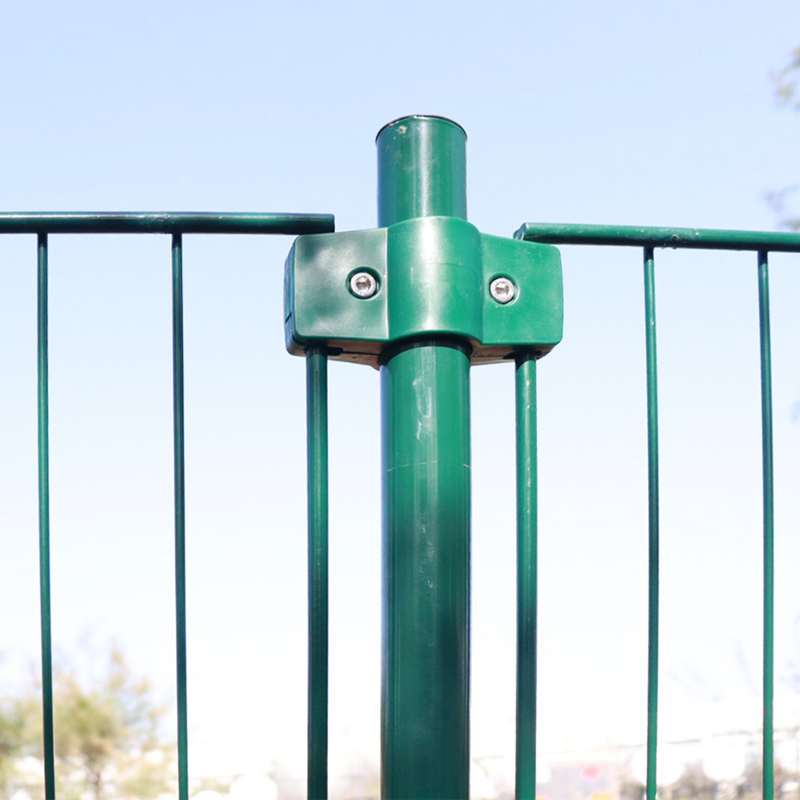trellis for cucumbers and tomatoes
Nov . 25, 2024 04:24
Designing a Trellis for Cucumbers and Tomatoes
Gardeners often face the challenge of growing vines and sprawling plants efficiently while maximizing space and sunlight. One of the most effective solutions for this problem is using a trellis system. Trellises not only support climbing plants but also help maintain airflow around the foliage, reduce disease susceptibility, and improve fruit quality. In this article, we will explore the importance of trellising and how to design a suitable trellis for cucumbers and tomatoes.
The Benefits of Trellising
Cucumbers and tomatoes are two of the most popular crops in home gardens. Both these plants tend to grow vertically, making them ideal candidates for trellising. Here are some advantages of trellising
1. Space Efficiency By guiding plants to grow upwards, you can use ground space for other crops. This vertical growth strategy allows for a more organized garden layout and can increase your overall yield per square foot.
2. Improved Air Circulation A trellis helps to keep plants upright, allowing for better air circulation. This is particularly important for tomatoes, which are prone to fungal diseases when their leaves remain damp.
3. Easier Harvesting With plants elevated off the ground, harvesting becomes more straightforward. You can access the fruit without bending down, which can be a significant advantage for those with physical limitations or large gardens.
4. Enhanced Sun Exposure Trellising exposes more of your plants to sunlight, crucial for photosynthesis and fruit development. This is particularly beneficial in dense gardens where competition for light can be fierce.
5. Reduced Pest Issues Keeping plants off the ground makes them less accessible to some pests, like slugs and snails, which prefer to navigate along the soil.
trellis for cucumbers and tomatoes

Designing Your Trellis
When designing a trellis for cucumbers and tomatoes, consider the following aspects
1. Material Selection Choose durable materials that can withstand the weight of mature plants. Options include wooden posts, metal fencing, or plastic netting. Ensure that the trellis can support the heavy fruit of tomatoes and the vigorous growth of cucumbers.
2. Trellis Height Both cucumbers and tomatoes can grow quite tall, so plan for a trellis that is at least 5 to 6 feet high. For tomatoes, a taller structure is often preferable, as indeterminate varieties can grow significantly taller than determinate ones.
3. Design Type There are several trellis designs to consider - A-Frame Trellis This triangular-shaped structure provides sturdy support for both cucumbers and tomatoes. It’s beneficial for small spaces and offers easy access from both sides. - Vertical String Trellis This is a simple system where strings are tied from the top of a sturdy support down to the ground, allowing the plants to climb. - Cage Trellis Tomato cages are popular for supporting plants and keeping them upright. You can make your own using wire fencing or buy ready-made versions.
4. Installation Install your trellis before planting your cucumbers and tomatoes to avoid disturbing the roots later. Ensure that it is stable and secure enough to handle the weight of the plants as they grow.
5. Training Plants As your plants grow, guide them onto the trellis. For cucumbers, you may need to gently wrap the tendrils around the trellis or use soft ties to secure them. For tomatoes, regularly tie the main stem to the support to keep them upright.
Conclusion
Implementing a trellis system for cucumbers and tomatoes can transform your gardening experience. By ensuring these plants have the support they need, you can optimize your garden’s efficiency, enhance plant health, and enjoy a bountiful harvest. With careful planning and execution, a trellis can become an invaluable tool in your gardening arsenal. Embrace the vertical growth, and reap the benefits of a well-structured trellis!









 Unity
Unity Creation
Creation Challenge
Challenge Contribution
Contribution










